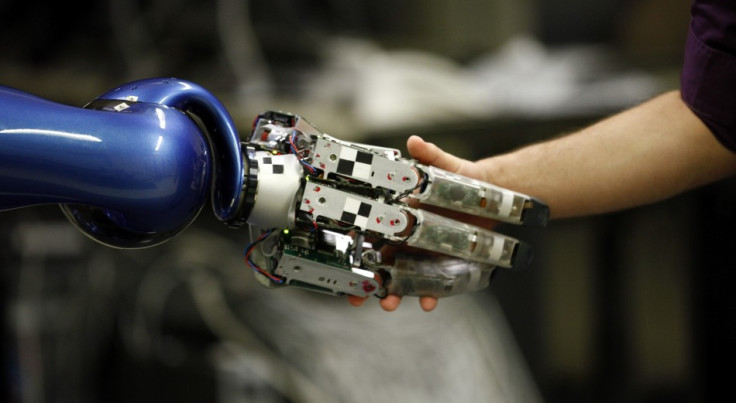Molecules form self-organised structures in method that could help develop smart materials

In a first, scientists from the National Institute for Materials Science have been able to pre-programme molecules in the process of self-organisation.
They conducted studies using a molecule that can form two types of self-organised structures. One type of the self-organised structures was quickly formed but was energetically unstable, while the energetically more stable structure was later formed.
By modifying the molecules and inverting the energy stability levels between the two types of self-organised structures, the team synthesised a new type of molecule that only forms the stable self-organised structure.
This is claimed to be the first time molecules have been timed to form an energetically stable self-organised structure.
The work will help develop advanced systems capable of emitting light or changing electrical conductivity at desirable timings. Eventually this can lead to smart materials that work autonomously in time.
Molecular self-organisation which is at work in natural processes like photosynthesis and neural circuits is something that material researchers and nanotechnologists are exploring to develop smart artificial systems.
It is also one of the crucial aspects of artificial intelligence, recently in the news after Stephen Hawking warned they may be the biggest and last event in human history.
The subject of popular sci-fi Hollywood thrillers like Terminator, Space Odyssey and Interstellar and rendered dangerous by Michael Crichton in Prey, self-assembling AI is not too far from the realm of reality considering the self-assembling robot flash mob at Harvard this August.
© Copyright IBTimes 2025. All rights reserved.





















